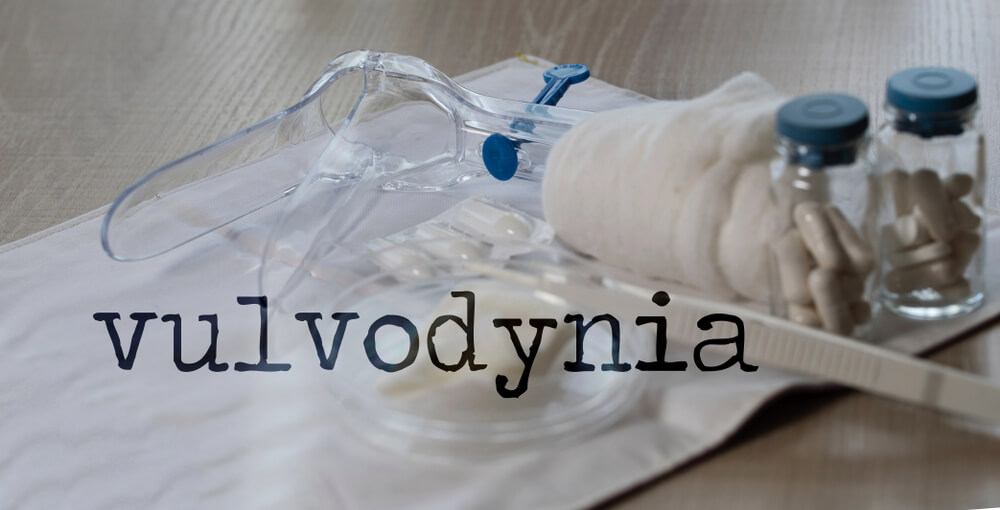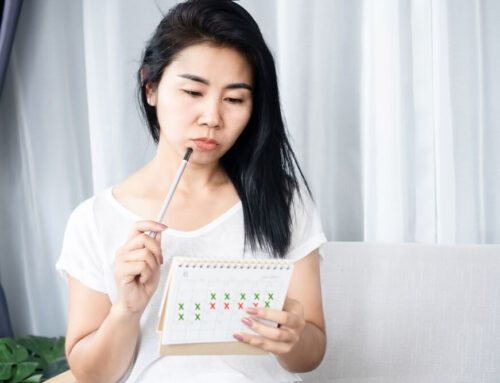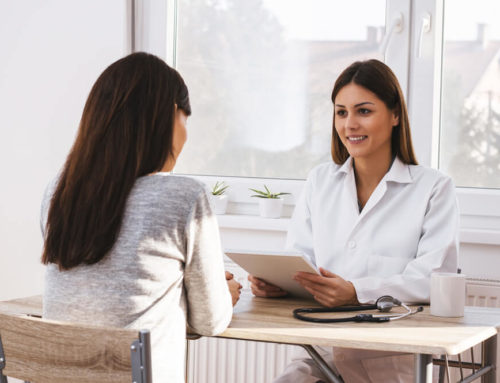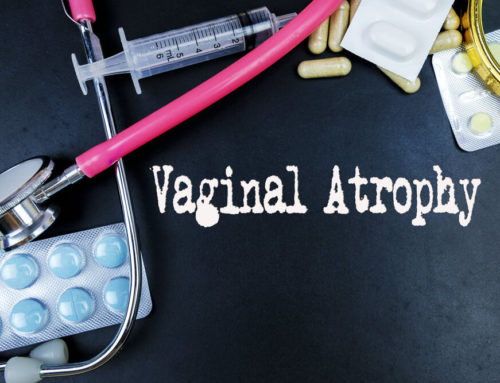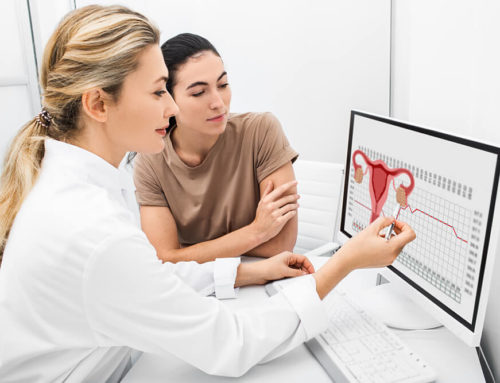In the United States, approximately 16 percent of women deal with vulvar pain at some point in life. When this uncomfortable sensation is persistent for three or more months and has no underlying cause, it is referred to as vulvodynia. If you or a loved one are experiencing pain or discomfort in this genital area, you are likely feeling confused and, often, terrified. That’s why it is essential to inform yourself about vulvar pain, what the symptoms are, its most common causes, and the remedies available. Learn how to deal with pain in the vaginal area and where to receive help. That said, if you are looking for the best medical professionals in the area, we recommend consulting with Women’s Health in Hialeah, FL. Always choose reputable professionals with years of experience in the field and positive results.
So, what is vulvodynia, and what can you do about it? Keep reading to find out.
What is the Vulva?
The tissue around the vagina’s opening is referred to as “the vulva.” This area includes the labia major (the outer folds of skin) and the labia minora (the inner folds of skin). Other parts of the vulva include the clitoris and the vestibule. The clitoris is an extremely sensitive organ located at the top of the vulva, while the vestibule leads to the opening of the vagina. We recommend visiting your OB-GYN at least once or twice per year. In some cases, you may require more frequent appointments. If you have any questions or concerns related to your health, don’t hesitate and reach out to medical professionals such as Dr. Ivan Carreras, MD.
The Four Types of Vulvar Pain
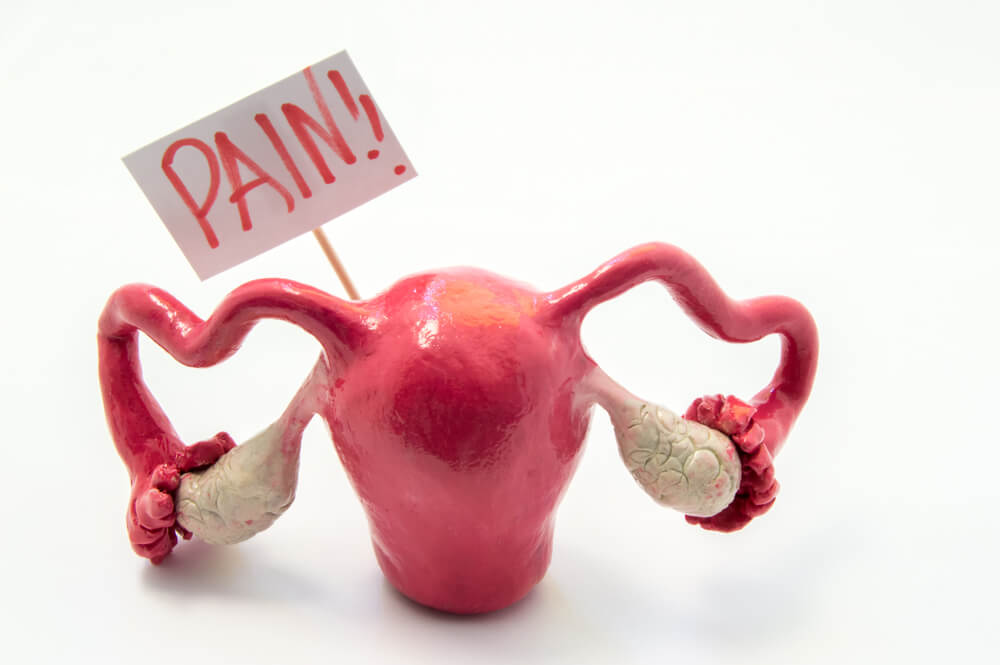
Vulvodynia refers to chronic pain in the outside of a female’s genitals, the vulva. According to patients, this condition is described as a sensation of stinging, rawness, burning, and itching. Vulvodynia can last more than three months and does not have a distinct, identifiable cause like a skin disorder or an infection. Females with vulvodynia can experience sexual dysfunction, and the pain or discomfort may have a negative impact on life quality.
Overall, there are four different vulvar pain types. These include the following:
- Generalized vulvodynia: This type of vulvodynia begins spontaneously without any apparent signs. Women with this type experience general pain that can last for many months or even years.
- Cyclic vulvitis: This type involves pain and discomfort that comes and goes with the patient’s menstrual cycle. Usually, the pain is worse before the woman’s monthly period begins.
- Localized vulvodynia: Localized vulvodynia refers to pain centered around a specific area in the patient’s vulva. For instance, patients may experience intense pain in the “lips” or the folds of the vagina. Localized vulvodynia often disappears and occurs again.
- Vestibulodynia: This type refers to vulvar pain at the vestibule or the opening of the patient’s vagina.
Do not disregard the symptoms if you notice any pain in the vaginal area. Always check in with your healthcare professional for expert guidance and the steps to take for pain relief. Depending on your symptoms and the condition type, you may require a different vulvodynia treatment.
The Most Common Symptoms of Vulvar Pain
In most cases, patients with this condition report intense throbbing, stinging, burning, and itchiness in the vaginal area. Some patients experience constant pain, while others claim that the pain comes and goes. Additionally, patients can feel pain when there is pressure on the vaginal area. For instance, the pressure could be caused by the following:
- Sitting
- Inserting a tampon
- Sexual intercourse
- Wearing form-fitting and tight clothes
Often, the vulvar tissue will appear normal and healthy in individuals with vulvar pain.
What Causes Pain in the Vaginal Area?
Although there is no apparent reason for pain in the vaginal area, experts assume that this condition can be caused by various factors. Here are some of the most common factors associated with vulvar pain:
- Genetic disorders: Some patients are born with specific genetic diseases that may cause the cells to overreact to hormones and inflammation in the body. As a result, these women can experience pain in the vaginal area. The inflammation may also lead to the swelling of the tissue and a sensation of soreness.
- Recurrent yeast infections: Based on study findings, having more than one yeast infection can boost nerve fiber production in subjects. The nerve fiber increase can result in more pain in the vaginal area. Since this study was not conducted on human subjects, more research is needed to determine the connection between vulvar pain in females and yeast infection.
- Chronic pain conditions: Females experiencing pain in the vaginal area could be two to three times more likely to have conditions such as irritable bowel syndrome or fibromyalgia. Both are inflammatory diseases, so vulvodynia could be linked to inflammation too.
- Hormone therapy: Based on a study, females who have used hormone therapy are more likely to have chronic vulvar pain than those who have not. Another study reports that there is no connection between the use of birth control and vulvar pain.
- Allergies: Some females can experience inflammation, pain, and irritation in the vulvar region due to harsh feminine deodorants, gels, and soaps. These products may lead to an allergic reaction.
- Sexual or physical trauma: Pain in the vaginal area could also be caused by sexual abuse, childbirth, or sexual intercourse without adequate vaginal lubrication. Other activities that can put excessive pressure on the vaginal area, such as horseback riding, can also cause harm to this region. If your vagina is throbbing during these activities, stop immediately and get help.
How is Vulvodynia Diagnosed?
If your vagina is throbbing and you experience discomfort, itchiness, pain, or other symptoms, you should consult with a healthcare professional for diagnosis. Your doctor will ask you a few questions and take your sexual and medical history. You may be asked whether:
- You are experiencing vaginal dryness.
- The pain is worse with sexual intercourse.
- You have been treated for vaginal infections.
Next, the physician will perform a pelvic exam to check for infection or inflammation signs. In many cases, the expert will take a tissue sample for further testing.
What is the Best Vulvodynia Treatment?
Once diagnosed, your doctor will give you advice and the best possible treatment options for you. Remember, the treatment will take time, and patience is critical. Here are some of the vulvodynia treatment options available:
- Oral medication: You may need to take anticonvulsants and antidepressants to treat nerve pain.
- Topical medicines: You may have to use ointments and creams containing nerve-stabilizing medications or anesthetics. These topical medications are applied straight to the vulvar region. Often, this vulvodynia treatment is used before having sex.
- Vestibulectomy: Some patients may require a surgical procedure to remove tissue in the vaginal area where the woman experiences pain. Women with the localized type of condition may find this vulvodynia treatment helpful.
- Physical therapy: This is a beneficial treatment for myofascial release.
- Counseling: You may also want to opt for counseling, as the condition can affect self-esteem, life quality, and your sexual relationships.
Best Tips for Prevention
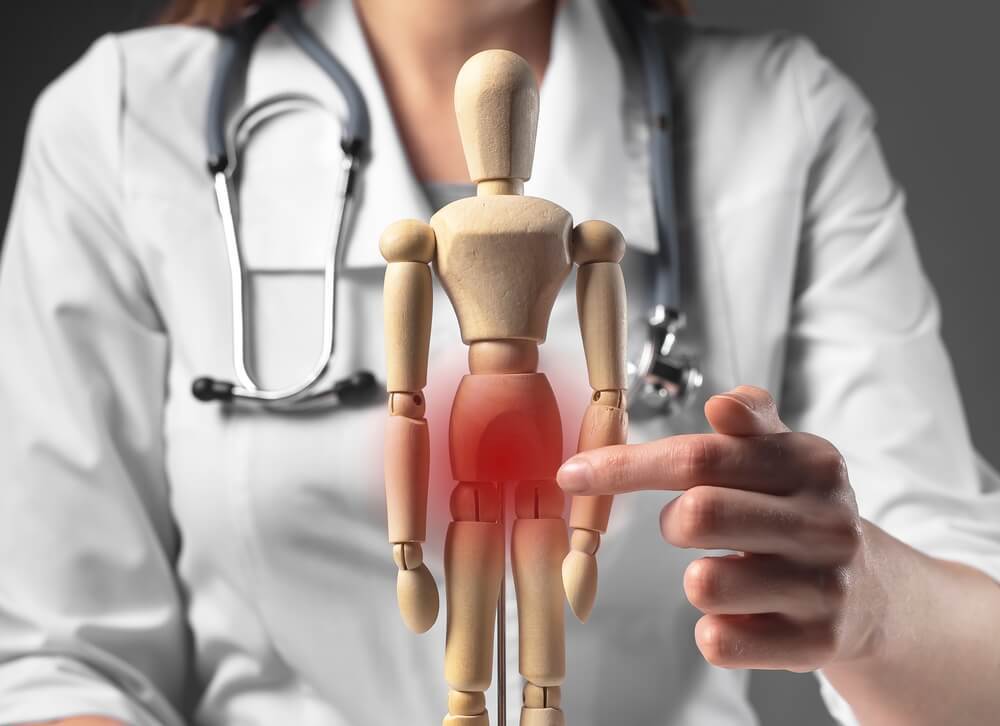
If you experience painful vagina throbbing, you can also try implementing the following lifestyle changes:
- Always wear breathable cotton underwear.
- Refrain from using tight pantyhose and lingerie.
- Use gel packs and cold compresses.
- Avoid all forms of exercise that put pressure on your vulva, like horseback riding.
- Clean the area carefully with plain water (do not use harsh soaps).
- Always use a good lubricant during sexual intercourse.
- Reduce stress and focus on getting enough quality sleep.
Book an Appointment Today
If you need expert help and guidance, we’re here at your disposal. Schedule an appointment with us today and get your health back on track.

